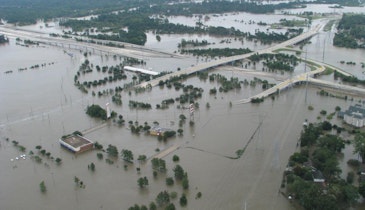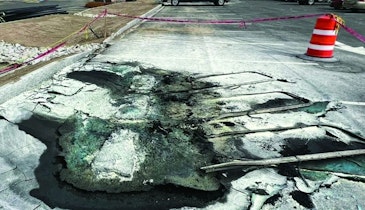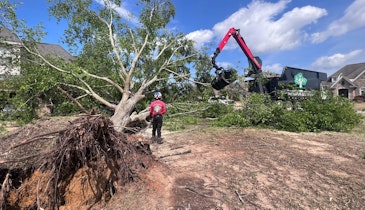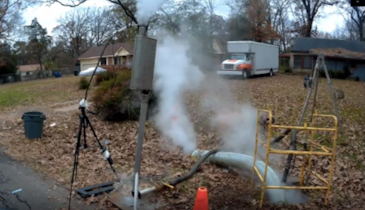Interested in Water?
Get Water articles, news and videos right in your inbox! Sign up now.
Water + Get AlertsTestifying before the U.S. House Subcommittee on the Environment recently, the American Water Works Association (AWWA) highlighted successes in the water sector’s response to recent hurricanes and urged structural changes to make restoration of water systems a higher priority during emergencies.
Mike Howe, executive director of AWWA’s Texas Section and administrator for the Texas Water/Wastewater Agency Response Network (TXWARN), explained how the TXWARN network quickly and successfully assisted Gulf Coast water and wastewater utilities following Hurricane Harvey’s landfall.
TXWARN is part of the WARN program, a network of utilities helping other utilities to respond and recover from emergencies through mutual aid agreements. Through TXWARN, the San Antonio Water System (SAWS) quickly came to the aid of the coastal town of Port Aransas and within five days had restored water service. Crews from Austin Water Utility later relieved SAWS crews to continue the recovery work.
“The water system had to be operational before authorities could allow evacuees to return,” Howe says. “TXWARN contacted the San Antonio Water System, located a little more than two hours away, and its management agreed to send equipment and manpower to Port Aransas. In less than 24 hours, SAWS had deployed 20 field staff, and by Friday, they had restored service in that community.”
More than 50 requests for assistance were managed during the two-week period TXWARN was activated during Hurricane Harvey.
Howe says that while AWWA and TXWARN were pleased with their efforts to assist utilities during Hurricane Harvey, improvements are needed, specifically in “how the needs of the water sector are prioritized and coordinated as part of the National Response Framework (NRF)” through the Federal Emergency Management Agency (FEMA).
He encouraged the implementation of the National Infrastructure Advisory Council recommended that the Department of Homeland Security “direct FEMA to consolidate federal emergency response roles and responsibilities for water into a single Emergency Support Function.” This approach would be on par with how response efforts work for other infrastructure entities.
Howe stated that reconsidering how NRF is used to support disaster response and recovery “will be vital to protecting public and environmental health in the communities we serve in future disasters.”
This article was originally posted November 2017.






